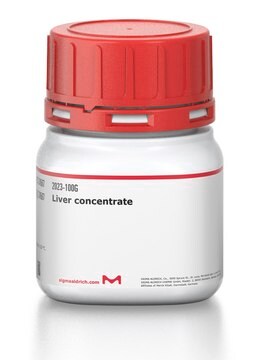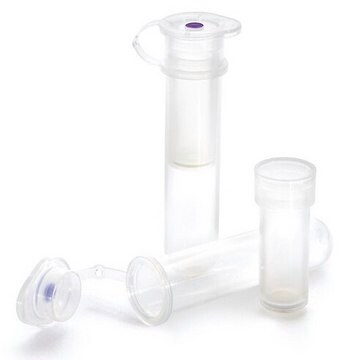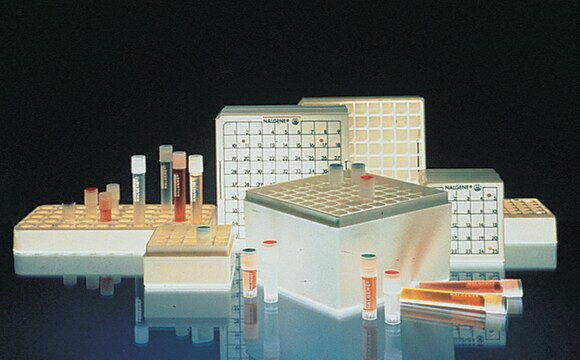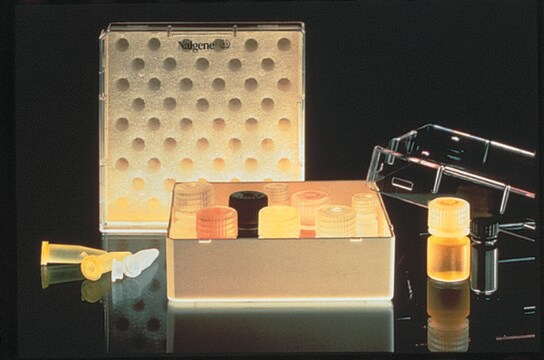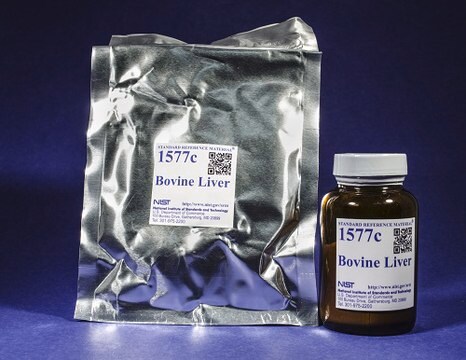R1756
Rhodanese from bovine liver
Type II, essentially salt-free, lyophilized powder, 100-300 units/mg solid
Synonym(s):
Thiosulfate Sulfur Transferase, Thiosulfate:cyanide sulfurtransferase
Sign Into View Organizational & Contract Pricing
All Photos(1)
About This Item
CAS Number:
MDL number:
UNSPSC Code:
12352204
NACRES:
NA.54
Recommended Products
type
Type II
form
essentially salt-free, lyophilized powder
specific activity
100-300 units/mg solid
storage temp.
−20°C
Looking for similar products? Visit Product Comparison Guide
Application
Rhodanese (RHOD) is an enzyme that converts cyanide to thiocyanate. RHOD may be useful in ulcerative colitis (UC) research as it has been shown to have detoxifying properties in the colon . Rhodanese is used to study sulfur energy metabolism .
Biochem/physiol Actions
Rhodanese (RHOD) is the principal enzyme involved in hydrogen sulphide (H2S) detoxication in the colonic luman .
Unit Definition
One unit will convert 1.0 μmole of cyanide to thiocyanate per min at pH 8.6 at 25°C.
Storage Class Code
11 - Combustible Solids
WGK
WGK 3
Flash Point(F)
Not applicable
Flash Point(C)
Not applicable
Personal Protective Equipment
dust mask type N95 (US), Eyeshields, Gloves
Choose from one of the most recent versions:
Certificates of Analysis (COA)
Lot/Batch Number
Don't see the Right Version?
If you require a particular version, you can look up a specific certificate by the Lot or Batch number.
Already Own This Product?
Find documentation for the products that you have recently purchased in the Document Library.
Piotr Sura et al.
Comparative biochemistry and physiology. Toxicology & pharmacology : CBP, 154(3), 180-186 (2011-05-25)
The effect of mercury ions on the level of cysteine, glutathione, sulfane sulfur, and on the activity of rhodanese, 3-mercaptopyruvate sulfurtransferase (MPST) and γ-cystathionase in brain, heart muscle, liver, kidneys, testes and skeletal muscle of adult Xenopus laevis was investigated.
Hossein Tayefi-Nasrabadi et al.
TheScientificWorldJournal, 2012, 648085-648085 (2012-05-26)
Cyanide is one of the most toxic substances present in a wide variety of food materials that are consumed by animals. Rhodanese, a ubiquitous enzyme, can catalyse the detoxification of cyanide by sulphuration reaction. In this study, rhodanese was partially
Avinash Kale et al.
The Journal of biological chemistry, 286(24), 21254-21265 (2011-04-29)
The PEB4 protein is an antigenic virulence factor implicated in host cell adhesion, invasion, and colonization in the food-borne pathogen Campylobacter jejuni. peb4 mutants have defects in outer membrane protein assembly and PEB4 is thought to act as a periplasmic
Eda Koculi et al.
Protein science : a publication of the Protein Society, 20(8), 1380-1386 (2011-06-03)
Nuclear magnetic resonance (NMR) observation of the uniformly (2) H,(15) N-labeled stringent 33-kDa substrate protein rhodanese in a productive complex with the uniformly (14) N-labeled 400 kDa single-ring version of the E. coli chaperonin GroEL, SR1, was achieved with the
Clément Aussignargues et al.
The Journal of biological chemistry, 287(24), 19936-19948 (2012-04-13)
How microorganisms obtain energy is a challenging topic, and there have been numerous studies on the mechanisms involved. Here, we focus on the energy substrate traffic in the hyperthermophilic bacterium Aquifex aeolicus. This bacterium can use insoluble sulfur as an
Our team of scientists has experience in all areas of research including Life Science, Material Science, Chemical Synthesis, Chromatography, Analytical and many others.
Contact Technical Service